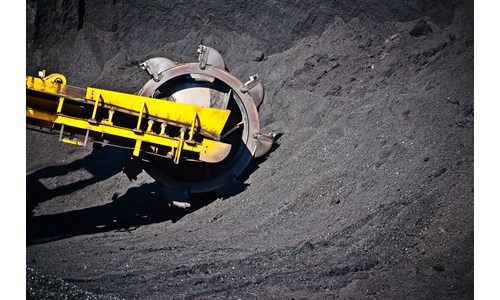How to reduce a battery’s carbon footprint
*Please note that this report only includes an Excel data file if this is indicated in "What's included" below
Report summary
Table of contents
- Executive summary
- Overview of the Batteries Regulation and new sustainability rules
- Estimating the emissions for the individual lifecycle stages
-
How can OEMs optimise a cell’s carbon footprint?
- Nickel
- Graphite
- Lithium
- Changes on the gigafactory side
- Expected impact and further questions to be answered
Tables and charts
This report includes the following images and tables:
- Lithium-ion cell production steps
- Energy intensity per kWh of NMC622 lithium-ion cell production
- Carbon intensity of lithium-ion cell production
- Carbon intensity of an NMC811 cell
- Carbon footprint for NMC811 CAM and AAM
- Carbon intensity of nickel sulphate hexahydrate
- Scope 1 and 2 carbon intensity of nickel from global nickel operations
- Carbon intensity of battery anode material (considering an 80-20 split between synthetic graphite and CSPG)
- Carbon intensity of lithium hydroxide monohydrate
What's included
This report contains:
Other reports you may be interested in
Coal, carbon emissions and cost: Australia’s Safeguard Mechanism in action
Coal mines in Australia will increasingly feel the impact of the Safeguard Mechanism by 2030
$1,100PetroPlan version 9.0 - new decarbonisation submodels
PetroPlan version 9.0 now includes new decarbonisation submodels
$900Shaimerden zinc mine
A detailed analysis of the Shaimerden zinc mine.
$2,250














